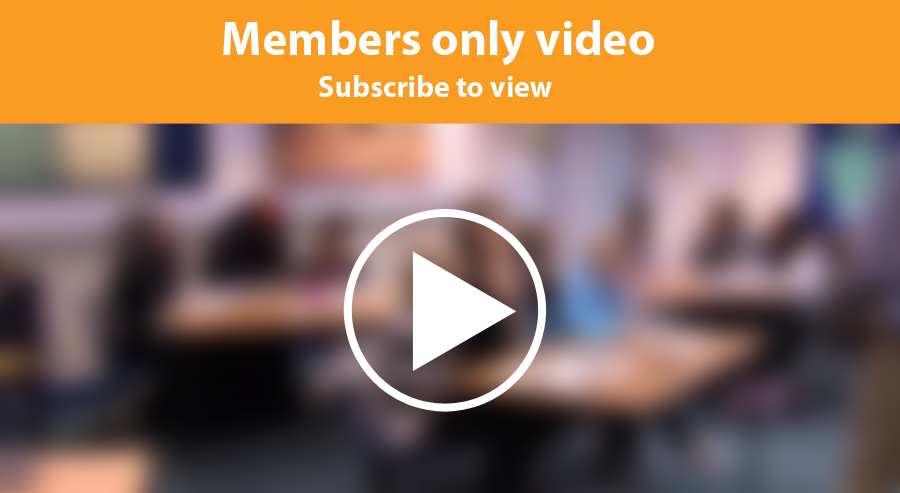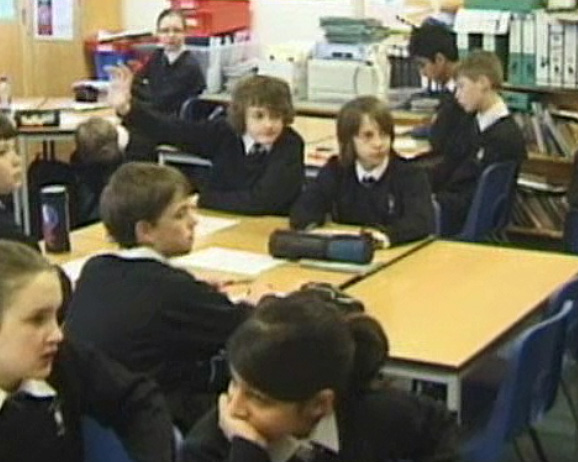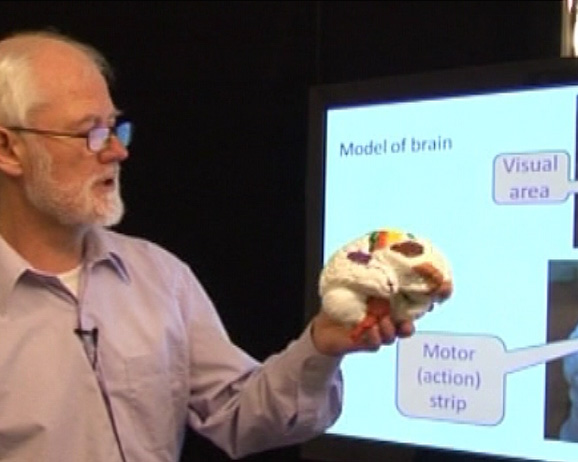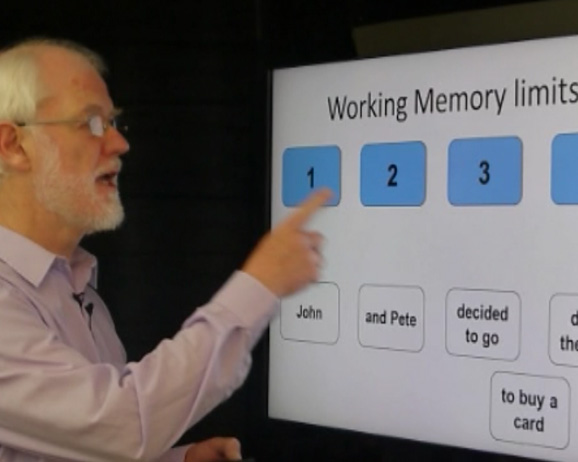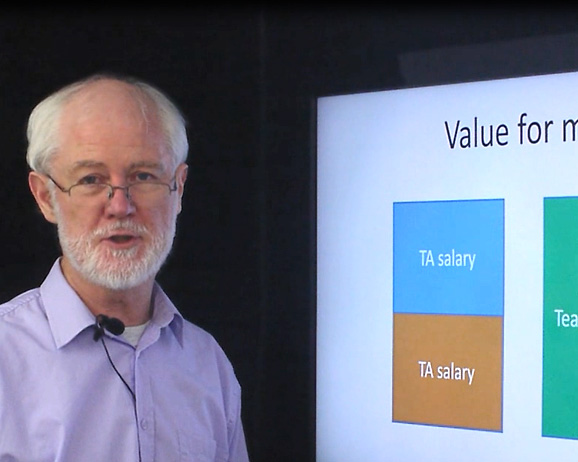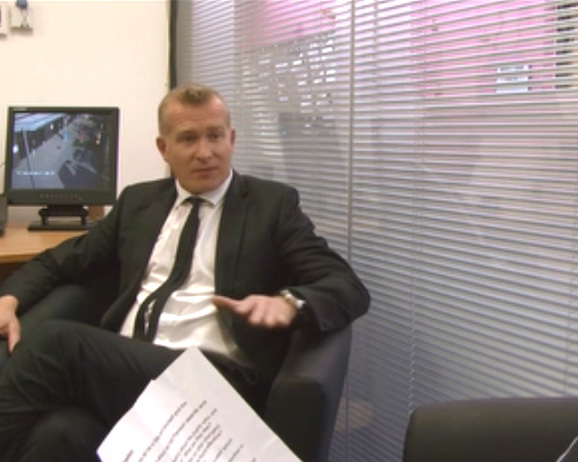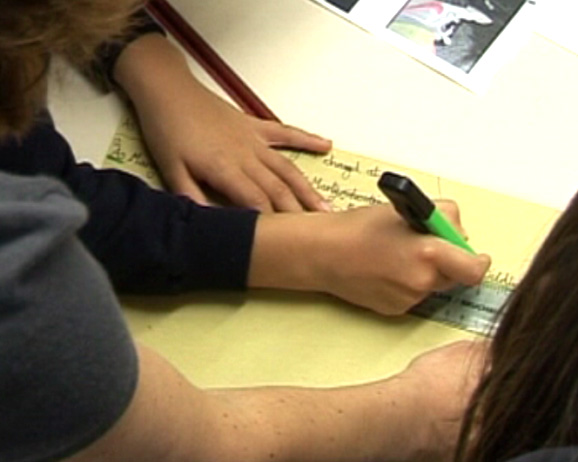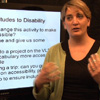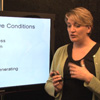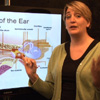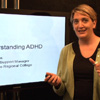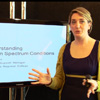Learning from Good lessons
This film looks at three primary school lessons. All three of which have been graded Good or Outstanding by an OFSTED inspector. We show extracts from each of the three lessons explaining why the method is effective or where using another method could have been further improved the learning.
Sources of evidence for the commentary
1. Classroom-based experiments. Studies have been done which combine the results for 100s of different experiments. We have used these to create a list of ten highly effective methods
2. Evidence from neuroscience: How people learn is now much better understood than is was even 10 yrs ago. The implications for teaching have been distilled in a range of books.
None of the teachers have been trained specifically in these methods. They illustrate the fact that, when we look at highly effective teachers, they are using methods for which there is good evidence – even when they themselves do not realise they are doing so.
Video duration: 40 minutes
You will see three types of advice in the film:
1. Tips from the Top Ten (where one of the top ten is used or could have been used)
2. Brain based tips (showing how this part of the lesson fits in to what we know about the brain)
3. Things to watch (things to avoid in your own lessons)
Each lesson commentary last about 15 mins. You can either watch the whole section, or use the navigation to find the short section of your choosing. This makes it easy to use in staff training sessions.
Other videos in this collection
Evidence-Based Teaching: Top Ten Methods
A look at ten of the most effective teaching methods as proven by the research conducted worldwide. Embed and modify these to use in regular practice, and you WILL improve learner outcomes.
How Brains Learn
Using the latest research, Mike Bell explains, in a jargon-free and accessible way, how the brain learns, why some students find learning difficult and how we can help them learn more easily.
Edu-Wash: Myths and fads to avoid in education
This video looks at 25 things to avoid in education. There are two main ways to improve learning: either we implement methods and policies which have been shown to be more effective, or we can ditch those which, the evidence shows, are ineffective.
Pupil Premium: Secrets to success
This video looks at the evidence for what works, what three Pupil Premium award winning schools did, and gives practical advice to schools on how to achieve the best results using their pupil premium.

